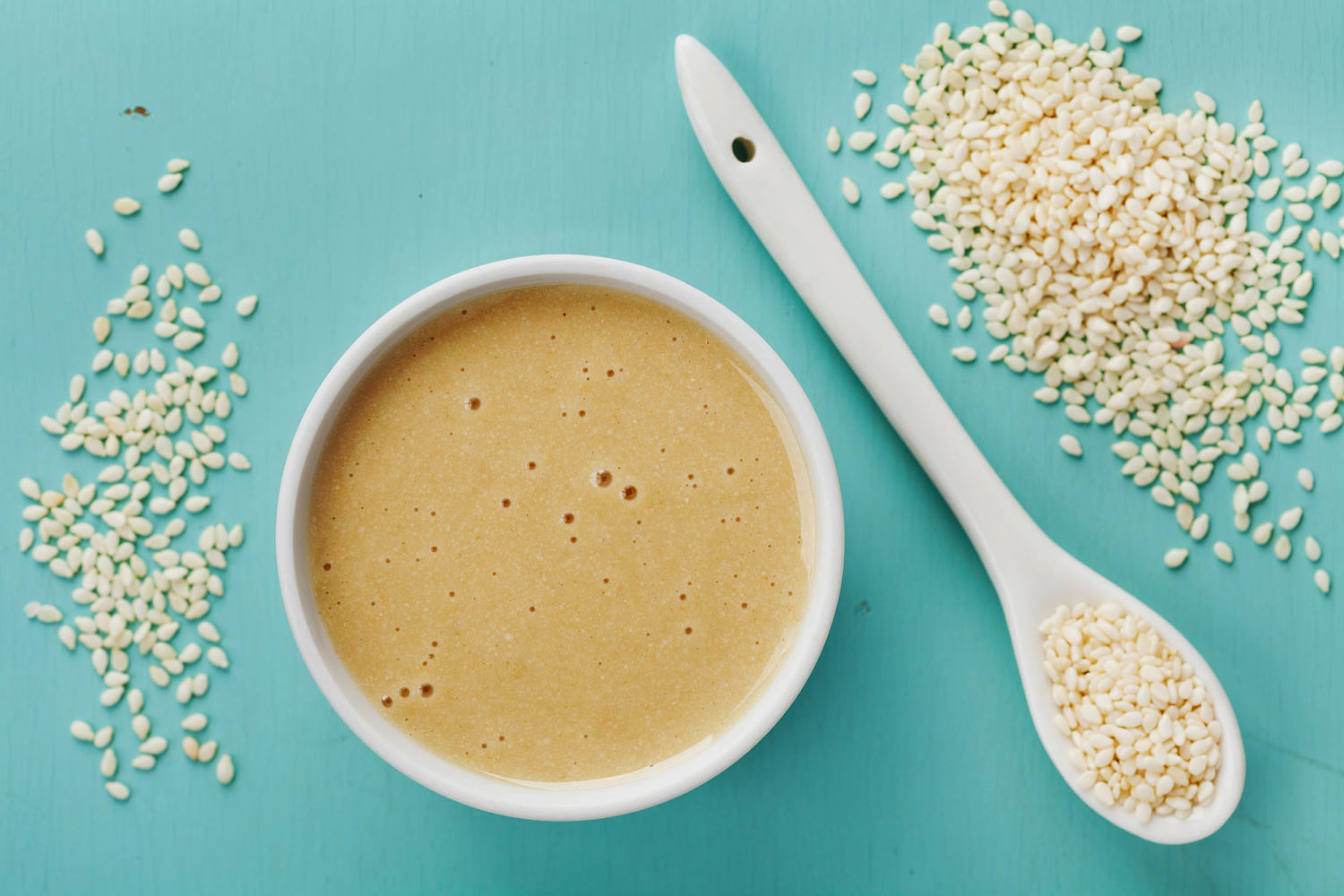Lior Lev Sercarz, founder of spice company , considers tahini a must-have ingredient in the kitchen. “It is such a staple item in Israeli food,” says Lev Sercarz, author of “A Middle Eastern Pantry.” “It’s not like a ‘first’ memory, like your first oyster or foie gras.
I can’t even remember not eating tahini,” he adds. While tahini may be best known for its starring role in hummus, there’s a lot to love about . Made from ground sesame seeds, tahini has a nutty flavor and is rich with natural oil and nuanced flavor.

Its texture is similar to creamy peanut butter and it can be used for everything from dips to dressing. Ahead, we’ll explain what you should know about this condiment including , how to store it and how to substitute it when you’re in a pinch Tahini (also called tahini sauce) is a paste made from ground, hulled sesame seeds. It is created by grinding sesame seeds into a smooth purée until the oils start to release, explains Ziata.
“Most tahini contains just one ingredient, sesame seeds, with occasionally some sesame oil or salt added,” says Ziata, adding that the majority of tahini is from roasted sesame seeds, but you can find raw sesame seed butter too. It’s worth noting that tahini is different from sesame paste, which is made from seeds that are toasted longer and puréed for a shorter amount of time, which results in a thicker consistency. The flavor, texture and color of tahini can vary dramatically.
It can range from light .























